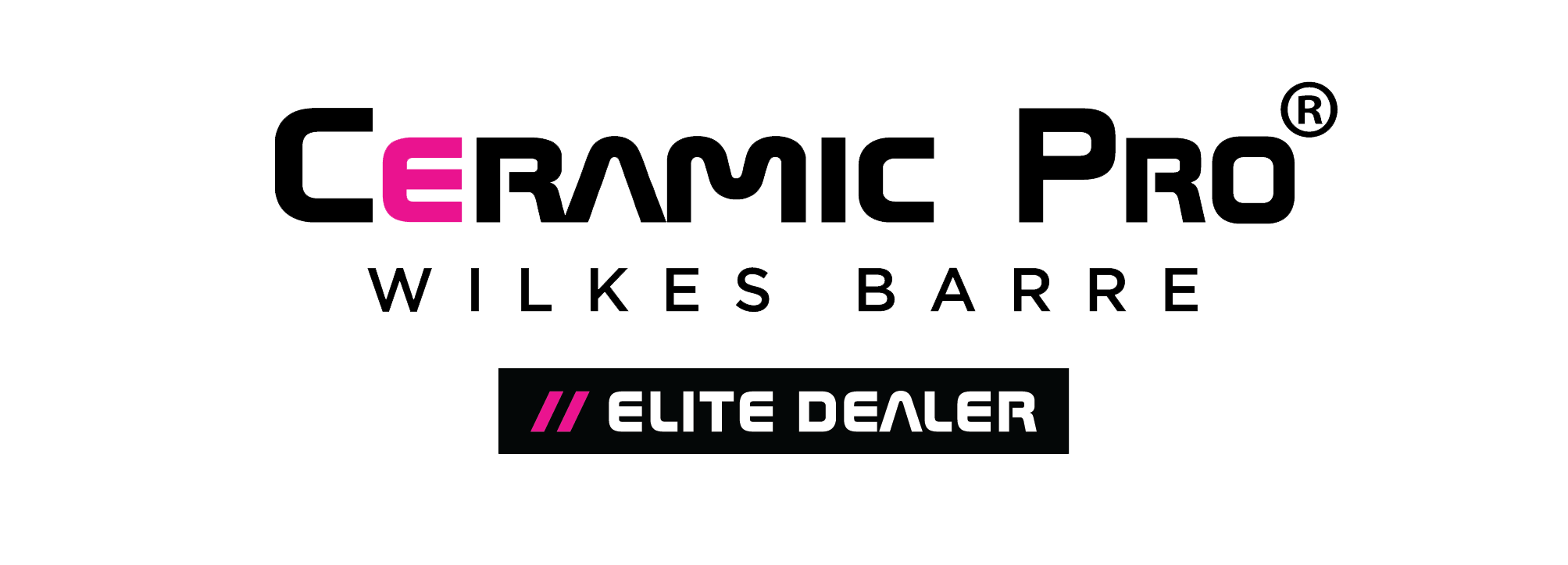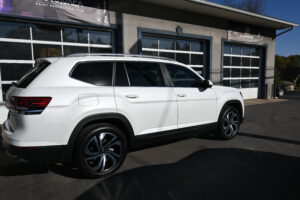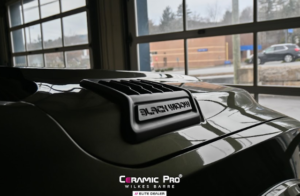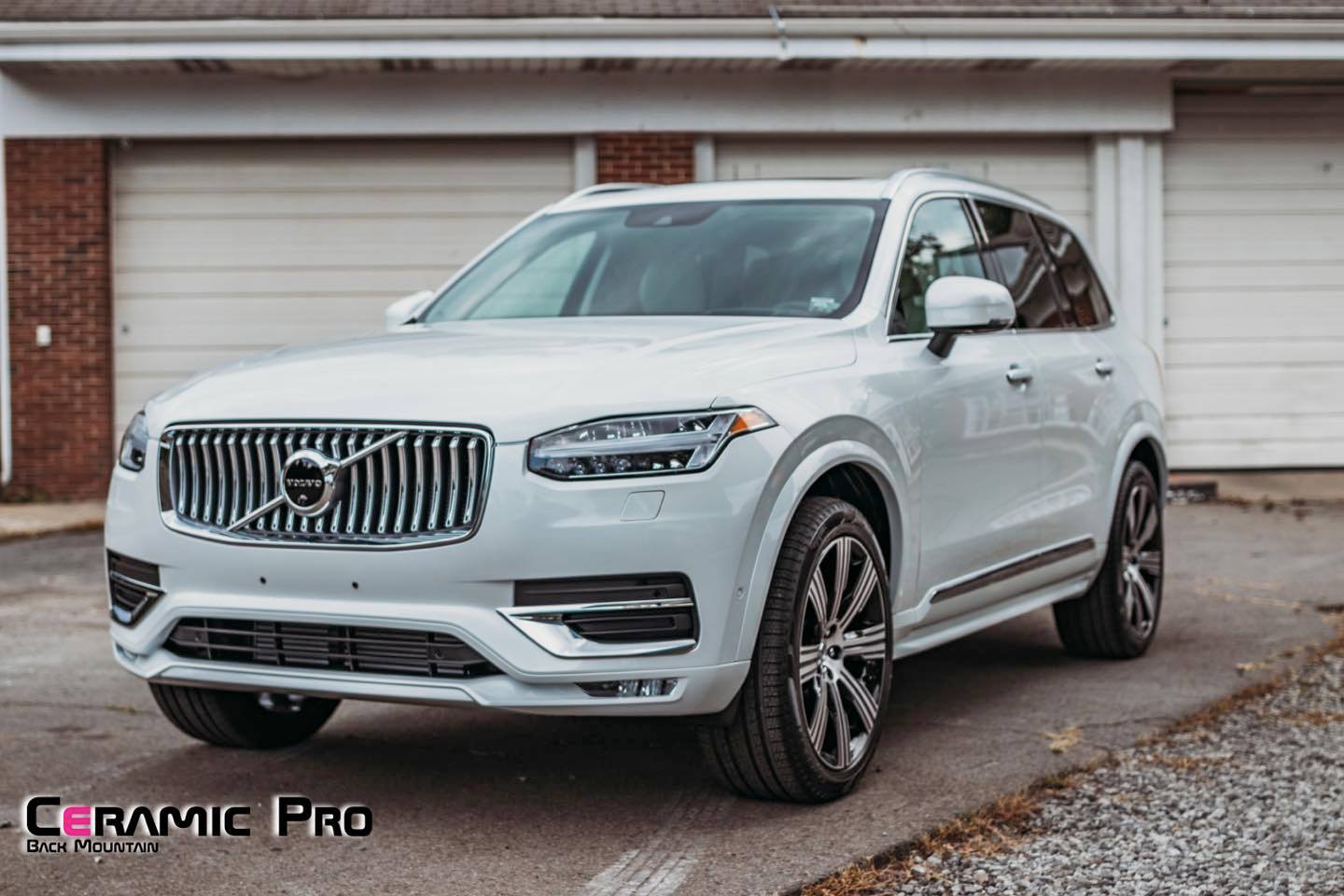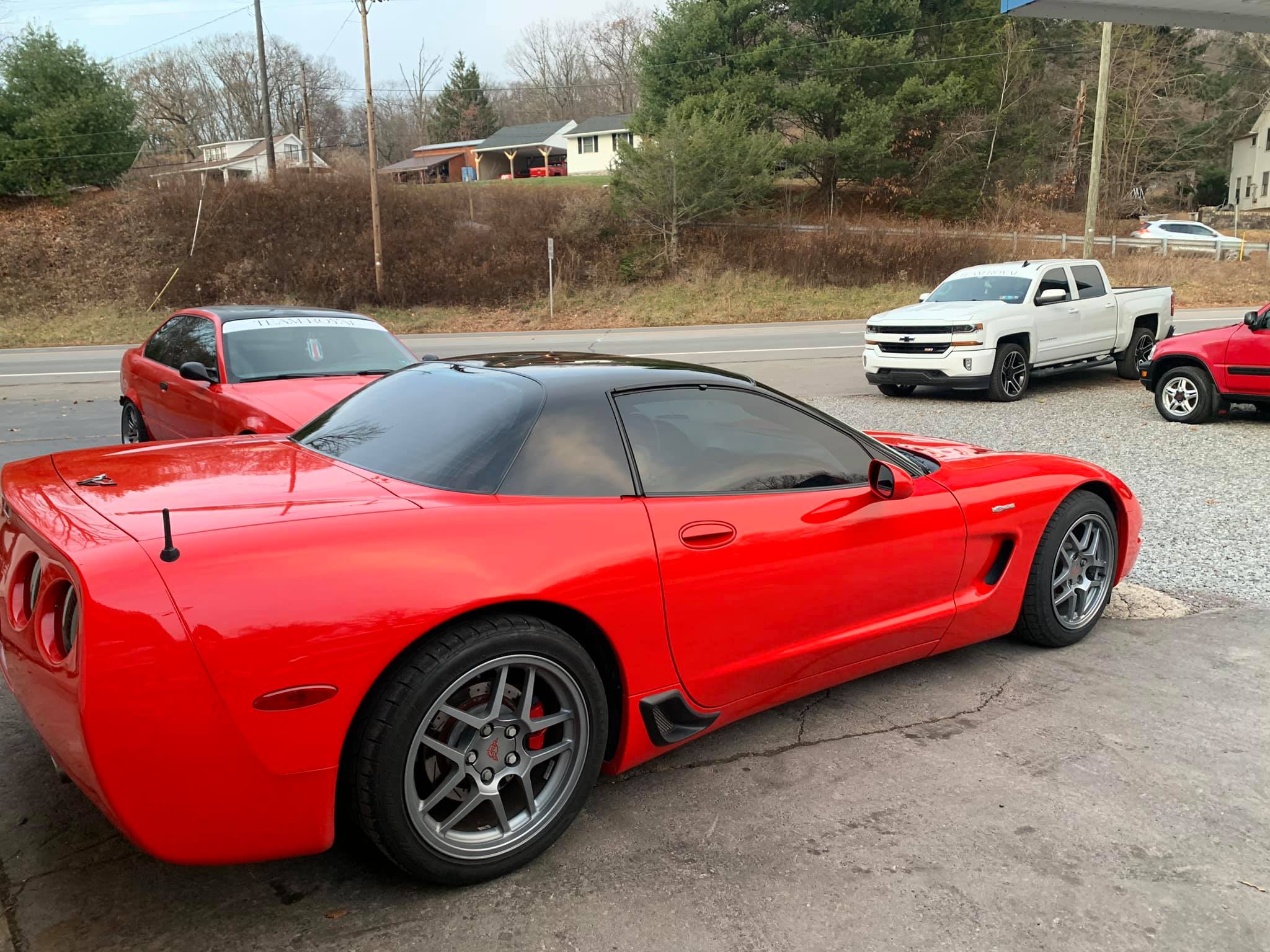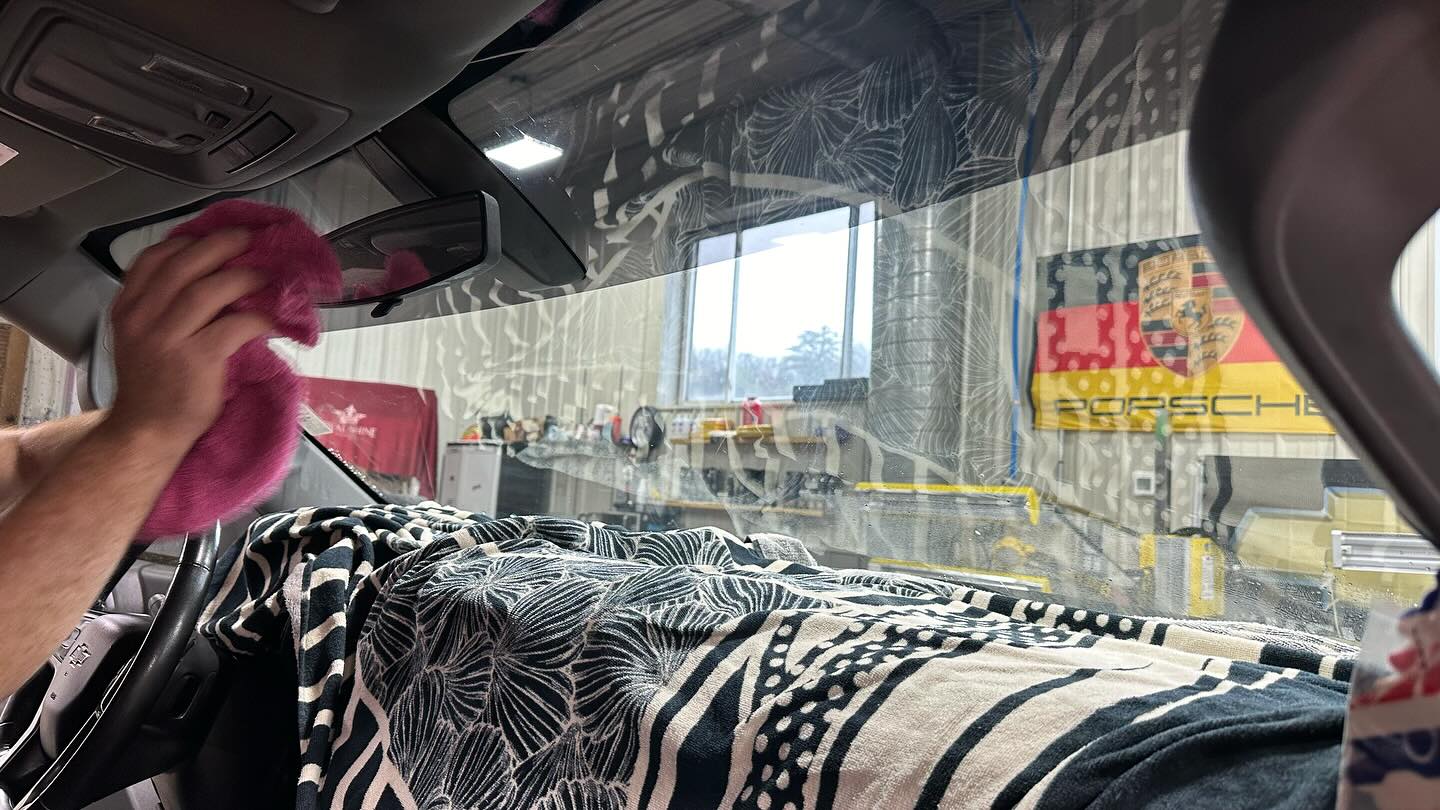Imagine your car maintaining its showroom-like finish for years, effortlessly repelling dirt and grime, and standing strong against the harsh elements. This may sound like an automotive fantasy, but with the revolutionary auto detailing solution known as ceramic coating, it’s becoming a reality for car enthusiasts and owners worldwide.
What is ceramic coating?
A liquid polymer known as ceramic coating, sometimes known as nano-ceramic coating or ceramic paint coating, is applied to the external surfaces of automobiles to offer long-lasting protection. The ceramic coating, in contrast to conventional wax or sealants, creates a permanent link with the vehicle’s paintwork, forming a protective layer that improves the surface’s appearance and toughness.
Why is it considered a revolutionary auto detailing solution?
Due to its remarkable durability, hydrophobic qualities, and long-lasting protection, the ceramic coating has become quite popular in the automotive industry. It offers a level of protection that goes beyond what traditional waxes or sealants can provide, making it a revolutionary solution for car enthusiasts who seek the ultimate shine and safeguard for their vehicles.
Understanding Ceramic Coating
What is a ceramic coating made of?
Ceramic coatings are typically composed of nanoparticles, such as silica dioxide or titanium dioxide, suspended in a solvent or resin-based solution. These nanoparticles form a molecular bond with the vehicle’s paint, creating a semi-permanent protective layer.
How does it work?
The ceramic coating forms a protective layer that is resistant to environmental pollutants, UV rays, and tiny scratches when it is applied to the surface of a vehicle. This bond ensures that the coating remains in place even under harsh conditions, providing long-lasting protection.
Benefits of ceramic coating
Ceramic coating has many advantages. It gives an exceptional degree of defense against environmental pollutants like UV radiation, oxidation, bird droppings, bug splatters, and others. It offers increased resistance to scratches and swirl marks, making the vehicle’s paintwork less susceptible to damage.
Application Process
Preparing the vehicle’s surface
Before applying the ceramic coating, the vehicle’s surface must be thoroughly cleaned and prepared. This involves washing, claying, and polishing the paintwork to remove any impurities, contaminants, or surface imperfections. Proper surface preparation ensures that the ceramic coating adheres effectively and forms a strong bond with the paint.
Applying the ceramic coating
The application process involves carefully applying the ceramic coating to the vehicle’s surface using specialized applicators or microfiber cloths. The coating should be spread evenly, ensuring full coverage and avoiding any streaks or excess product.
Curing and bonding process
After applying the ceramic coating, it needs to cure and bond with the paintwork. This typically requires a designated curing time, during which the coating undergoes a chemical reaction, forming a strong bond with the vehicle’s surface. Once cured, the ceramic coating provides long-lasting protection and enhances the vehicle’s appearance.
Longevity and Durability
How long does ceramic coating last?
Ceramic coating wilkes barre are known for their exceptional longevity. While the actual lifespan may vary depending on factors such as the brand of the coating, environmental conditions, and maintenance practices, a well-applied ceramic coating can provide protection for several years.
Factors affecting durability
Several factors can influence the durability of a ceramic coating. These include the quality of the product, the application technique, the condition of the vehicle’s paintwork, and the level of care and maintenance provided. Proper maintenance, such as regular washing and avoiding harsh chemicals, can significantly extend the lifespan of the coating.
Comparison with traditional wax or sealants
When compared to traditional wax or sealants, the ceramic coating offers a significant advantage in terms of durability. While wax or sealants provide temporary protection that lasts for a few months, the ceramic coating forms a semi-permanent bond that can withstand the elements for years, reducing the need for frequent reapplication.
Protection and Maintenance
Protection against UV rays and oxidation
One of the key benefits of ceramic coating is its ability to protect against UV rays and oxidation. The coating acts as a barrier, preventing the sun’s harmful rays from fading or degrading the vehicle’s paintwork. It also reduces the impact of oxidation, ensuring that the paint retains its vibrant color for an extended period.
Resistance to scratches and chemical contaminants
Ceramic coating provides an enhanced level of resistance to scratches, swirl marks, and chemical contaminants. The hard protective layer created by the coating acts as a sacrificial barrier, absorbing the impact of minor scratches and preventing them from reaching the underlying paint. The coating’s hydrophobic properties repel water and make it more difficult for contaminants to adhere to the surface.
Cleaning and maintenance tips for ceramic-coated vehicles
To maintain the integrity of a ceramic coating, regular cleaning, and proper maintenance are essential. It is recommended to use pH-neutral car wash products and avoid abrasive materials or harsh chemicals that could potentially damage the coating. Periodic inspections and touch-ups can help address any areas that may require additional protection.
Enhanced Appearance and Gloss
Deepening color and enhancing shine
Ceramic coating has the remarkable ability to deepen the color and enhance the shine of a vehicle’s paintwork. By creating a smooth, reflective surface, the coating intensifies the richness of the paint, giving the vehicle a stunning, showroom-like finish.
Hydrophobic properties and water beading effect
One of the most notable features of ceramic coating is its hydrophobic properties. When a vehicle is coated with ceramic, water droplets bead up and roll off the surface, carrying away dirt and grime with them. This self-cleaning effect not only reduces the need for frequent washing but also ensures that the vehicle maintains its glossy appearance for longer periods.
Maintaining a showroom-like finish
With ceramic coating, the tedious task of maintaining a showroom-like finish becomes much easier. The hydrophobic properties, scratch resistance, and UV protection combine to create a surface that retains its gloss and repels contaminants, keeping the vehicle looking its best even in challenging conditions.
Cost and Value
Investing in ceramic coating
While the initial cost of ceramic coating may be higher than traditional detailing options, the long-term benefits justify the investment. The extended durability, reduced maintenance requirements, and enhanced protection against environmental factors make ceramic coating a valuable long-term solution for car owners.
Comparing costs with other detailing options
When comparing the cost of ceramic coating with traditional detailing options, it is important to consider the longevity and durability offered by ceramic coating. While wax or sealants may require frequent reapplication, the ceramic coating provides years of protection, reducing the overall cost of maintenance in the long run.
Long-term benefits and cost savings
The ceramic coating offers significant long-term benefits and cost savings. Reducing the need for frequent waxing or sealant application minimizes the associated costs and time spent on maintenance. The protection against UV rays, oxidation, and scratches can help preserve the vehicle’s resale value, further enhancing the cost-effectiveness of ceramic coating.
Common Myths and Misconceptions
Separating fact from fiction
There are several myths and misconceptions surrounding ceramic coating. It is important to separate fact from fiction to make informed decisions. Some common myths include claims of absolute scratch resistance, the ability to repair damaged paint, and the notion that ceramic coating eliminates the need for washing altogether. Understanding the true capabilities of ceramic coating helps set realistic expectations.
Debunking common misconceptions about ceramic coating
While ceramic coating provides exceptional protection, it is not immune to all types of damage. It can help minimize the impact of minor scratches, but it cannot prevent all scratches or repair deep paint damage. Regular cleaning is still necessary to maintain the coating’s effectiveness and appearance.
Professional vs. DIY Application
Hiring a professional ceramic coating service
For optimal results, many car owners choose to hire professional ceramic coating services. Professionals have the experience, knowledge, and specialized equipment required to apply the coating correctly. They ensure proper surface preparation, even application, and effective curing, maximizing the longevity and benefits of the ceramic coating.
Pros and cons of DIY application
While some car enthusiasts may opt for the DIY application of ceramic coating, it is important to consider the pros and cons. DIY application requires careful research, proper technique, and attention to detail. Lack of experience or improper application can result in subpar results or even damage to the vehicle’s paintwork. For those willing to invest the time and effort, a DIY application can be a cost-effective option.
Importance of proper preparation and technique
Whether opting for a professional application or a DIY approach, proper preparation and technique are crucial for successful ceramic coating. Thoroughly cleaning the vehicle’s surface, removing contaminants, and following the manufacturer’s instructions are essential steps to ensure optimal results. Attention to detail during the application process helps achieve a flawless finish and long-lasting protection.
Ceramic coating has revolutionized auto detailing by providing a long-lasting, protective solution for vehicle surfaces. Its exceptional durability, hydrophobic properties, and enhanced appearance make it a popular choice among car enthusiasts and owners. With its ability to protect against UV rays, scratches, and chemical contaminants, the ceramic coating offers peace of mind and allows vehicles to maintain their showroom-like finish for years. While professional application ensures optimal results, those willing to invest the time and effort can achieve satisfactory outcomes with a DIY approach.
FAQs
How often should ceramic coating be applied?
The longevity of ceramic coating varies depending on factors such as brand, maintenance, and environmental conditions. A well-applied ceramic coating can last for several years before requiring reapplication.
Can ceramic coating prevent all scratches?
While ceramic coating provides increased resistance to scratches, it cannot prevent all types of scratches. It can help minimize the impact of minor scratches, but deep scratches may still penetrate the coating and reach the underlying paint.
Is ceramic coating a replacement for regular washing?
No, regular washing is still necessary even with ceramic coating. While the coating’s hydrophobic properties repel dirt and grime, periodic cleaning is important to maintain its effectiveness and appearance.
Can the ceramic coating be applied to any vehicle?
Ceramic coating can be applied to various types of vehicles, including cars, motorcycles, boats, and even airplanes. The surface must be properly prepared, and the coating should be compatible with the specific material.
Can I apply ceramic coating myself?
Yes, it is possible to apply the ceramic coating yourself. It requires careful research, proper technique, and attention to detail. For optimal results, many car owners prefer to hire professional ceramic coating services.
